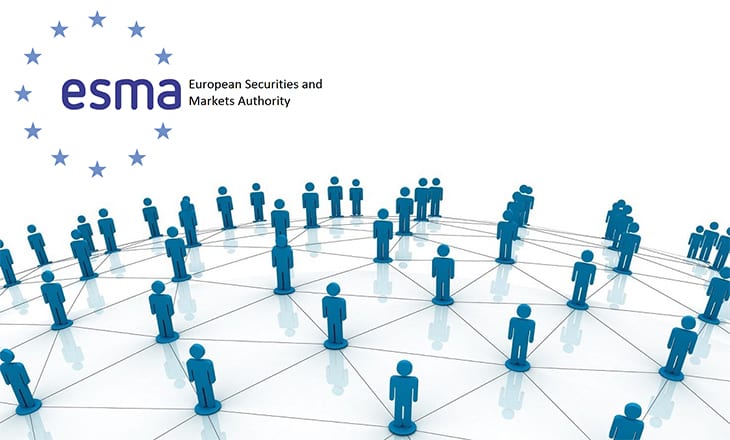The European Securities and Markets Authority (ESMA) has issued a report on Distributed Ledger Technology (DLT). The report sets out ESMA’s view on DLT, its possible applications, benefits, risks and how it maps to existing EU regulation. ESMA’s position is that regulatory action is premature at this stage, considering that the technology is still at an early stage.
ESMA believes that DLT could bring a number of benefits to financial markets, including more efficient post-trade services, enhanced reporting capabilities and reduced costs. ESMA expects the early applications of DLT to focus on optimising processes using the current market structure. Likely first areas of use may be less automated processes in low volume market segments and processes with minimum dependency on the existing legal framework.
Challenges ahead
ESMA, as well as identifying the benefits, also points to some important challenges for DLT in terms of interoperability, governance and privacy issues and risk creation. These challenges would require further attention before any large-scale use of DLT across the financial services sector. An important point for the technology’s advocates and developers to be aware of are the existing rules and their application to DLT. The development of a new technology, such as DLT, does not liberate users from complying with the existing regulatory framework, which provides important safeguards to ensure the stability and proper functioning of financial markets.
However, drawing on the responses to its Discussion Paper, ESMA’s view is that the current EU regulatory framework does not represent an obstacle to the use of DLT in the short term. Meanwhile, a number of concepts or principles, such as the legal certainty attached to DLT records or settlement finality, may require clarification. In addition, ESMA points out that beyond pure financial regulation, broader legal issues, such as corporate law, contract law, insolvency law or competition law, may affect the deployment of DLT.
At this stage, it is premature to fully assess the changes that the technology could bring and the regulatory response that may be needed, given that the technology is still evolving and practical applications are limited both in number and scope.
